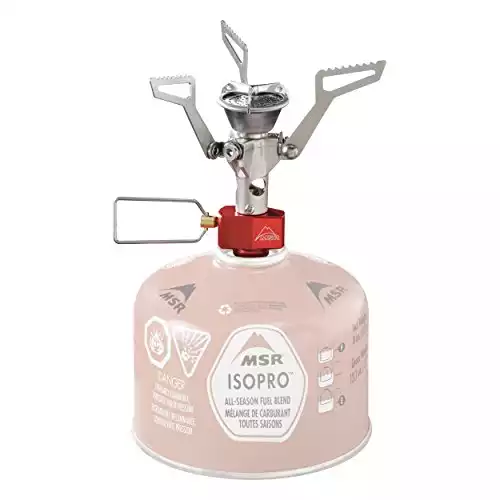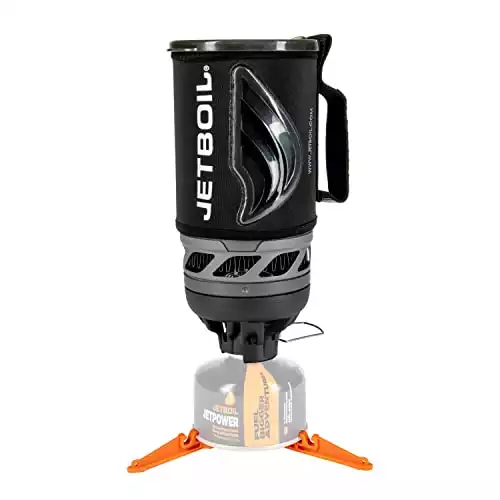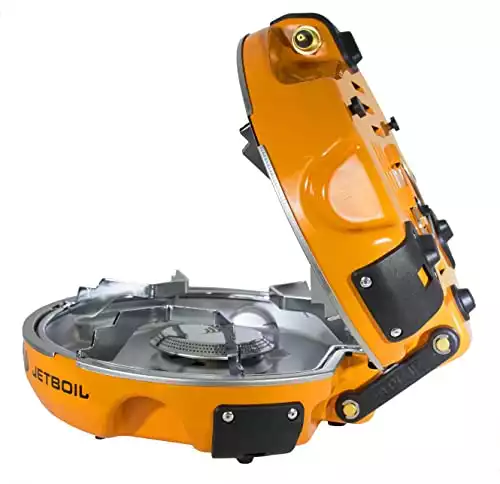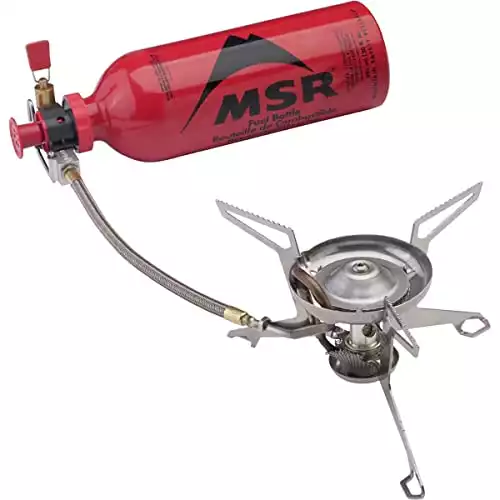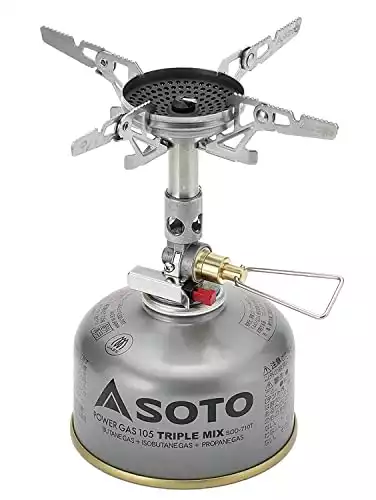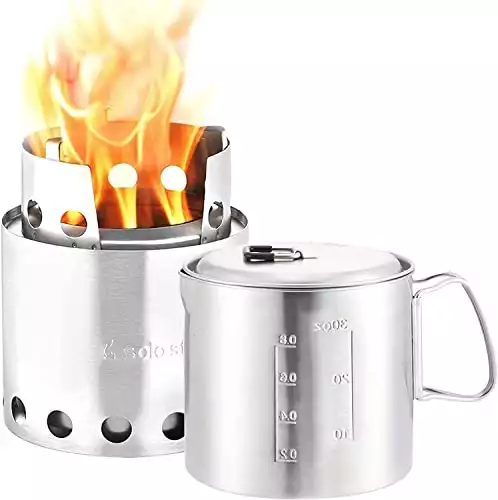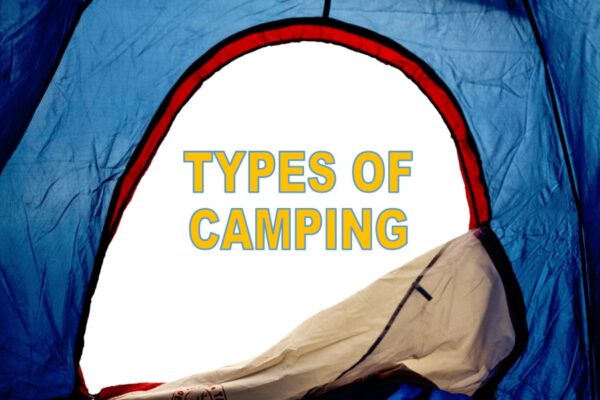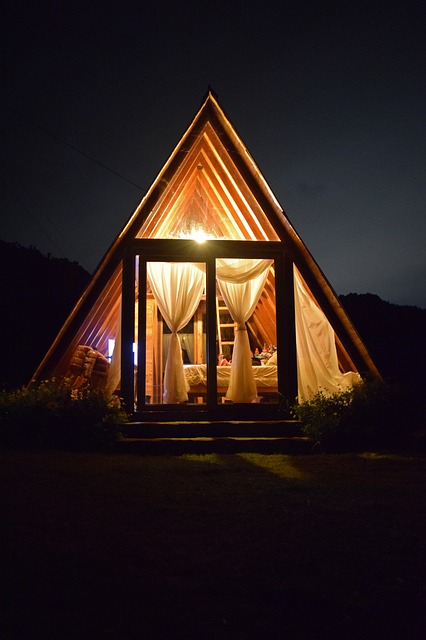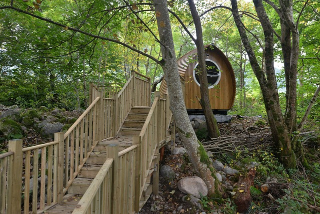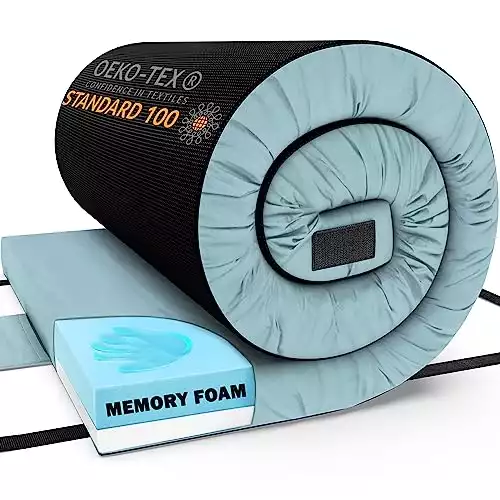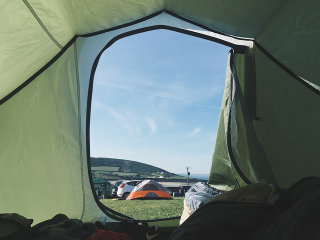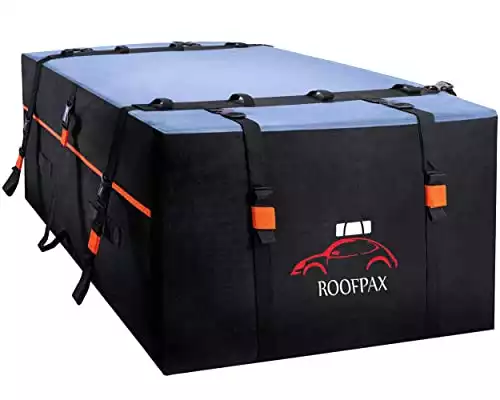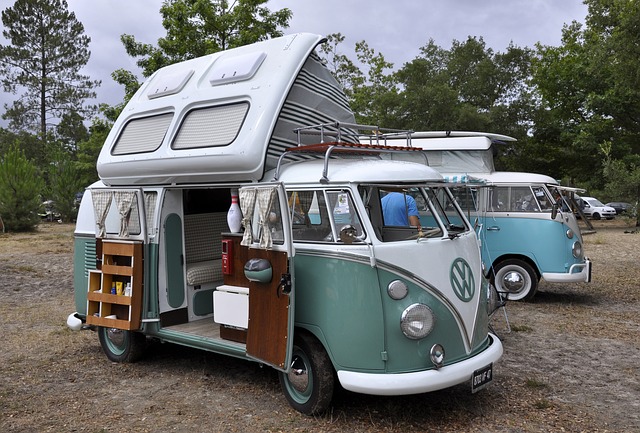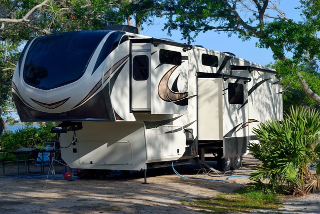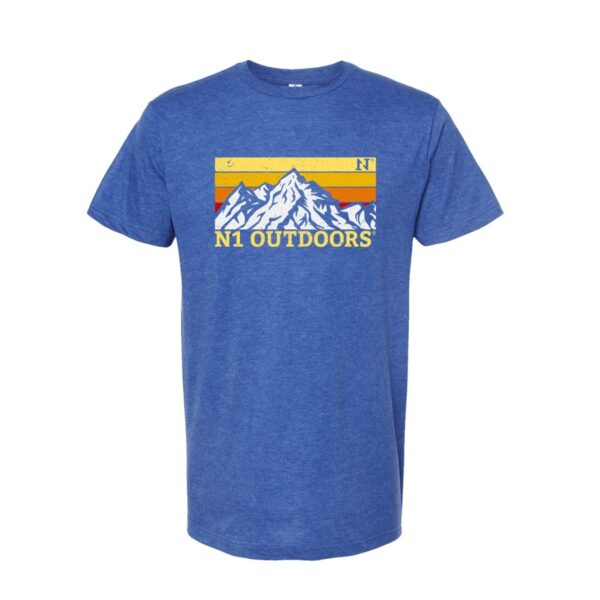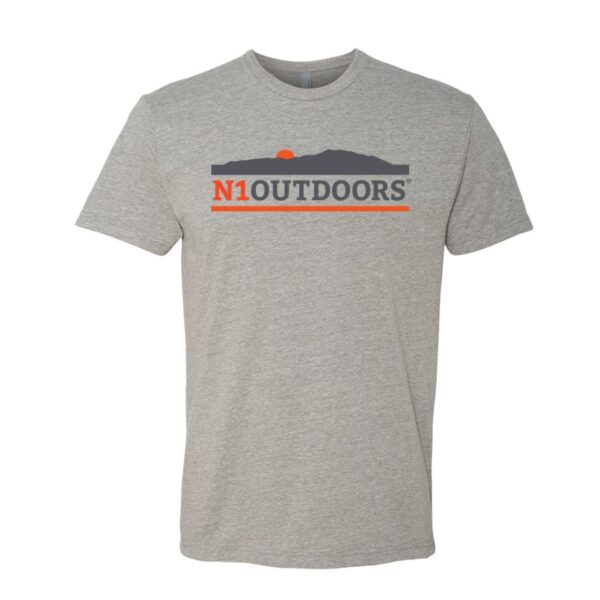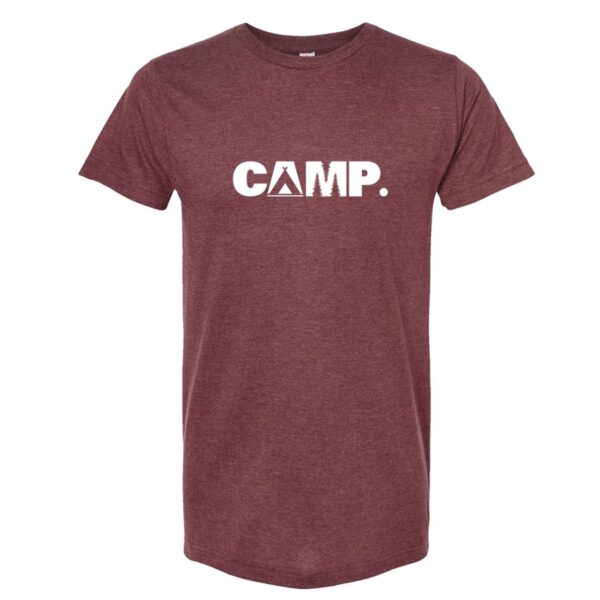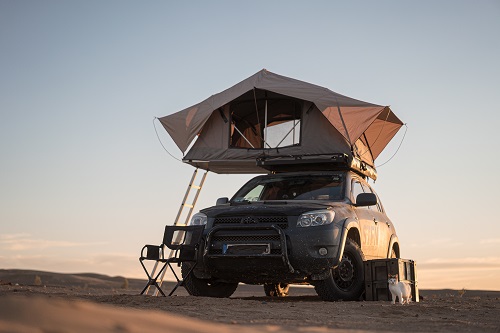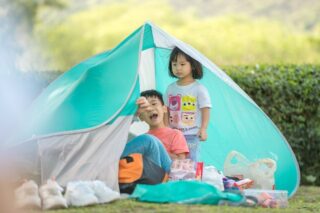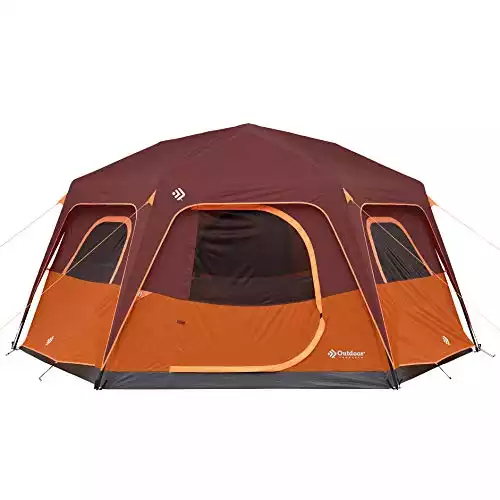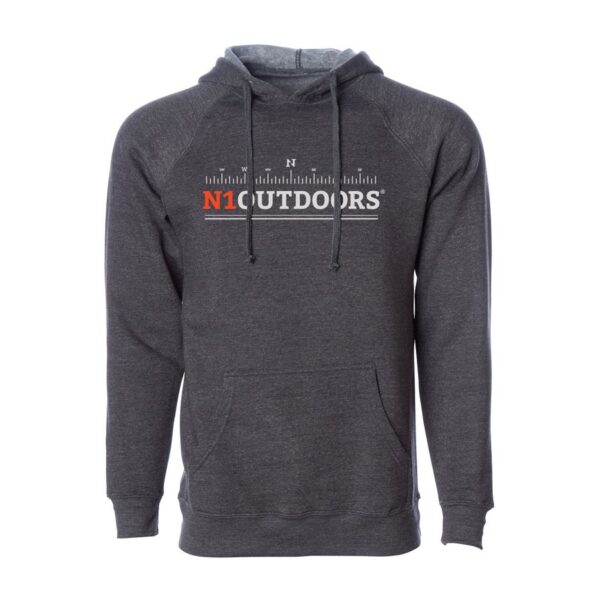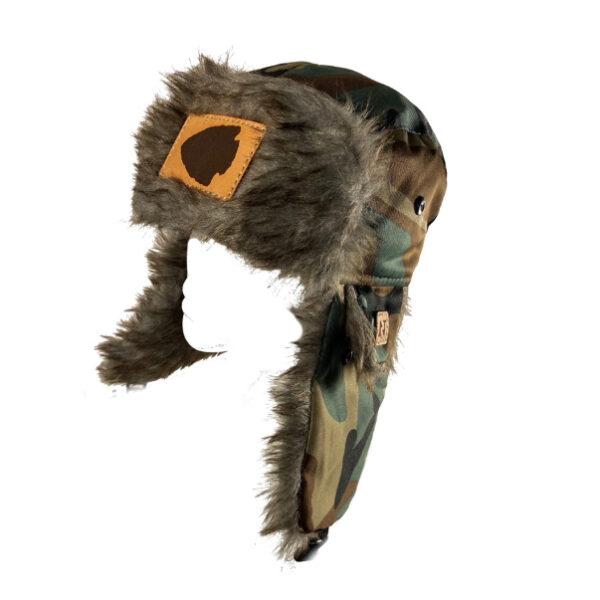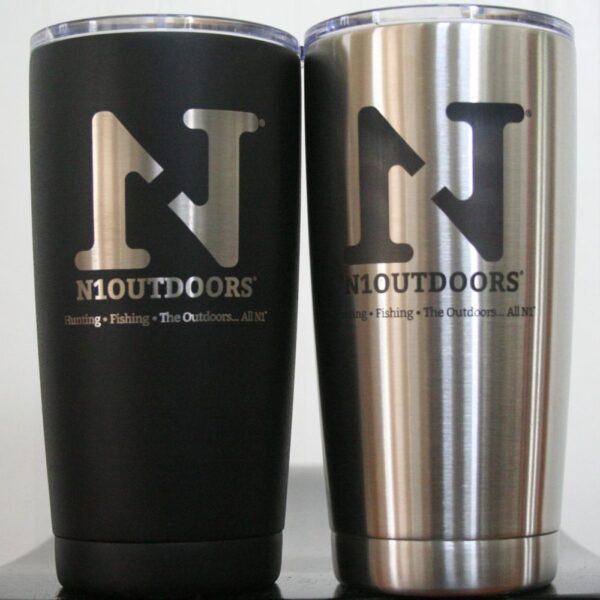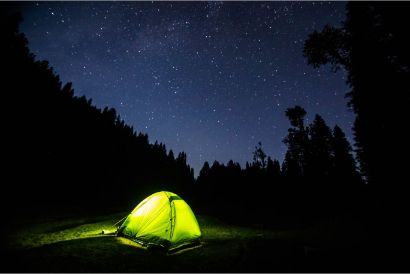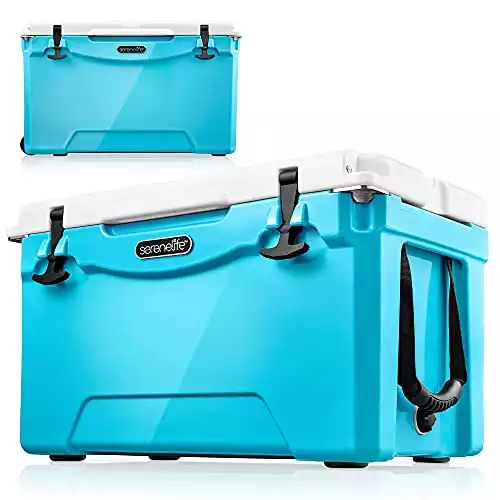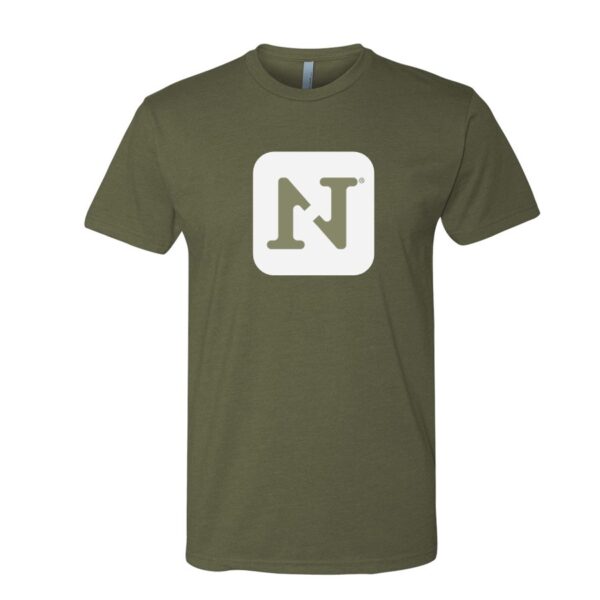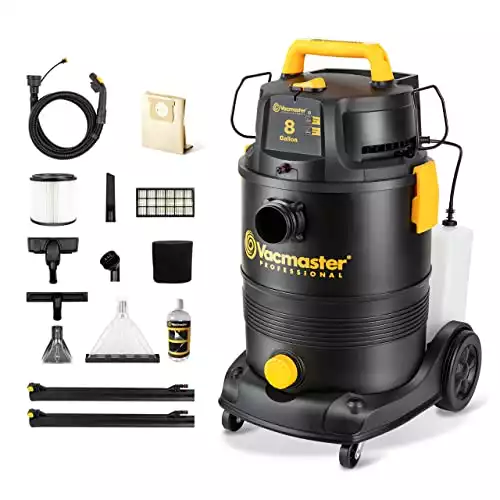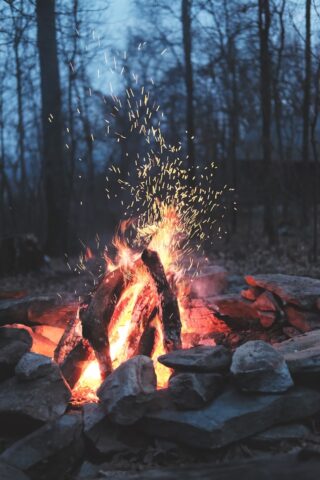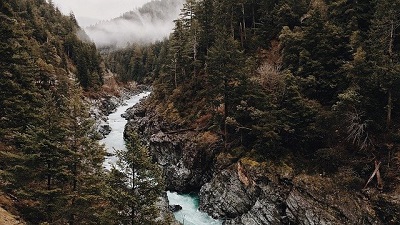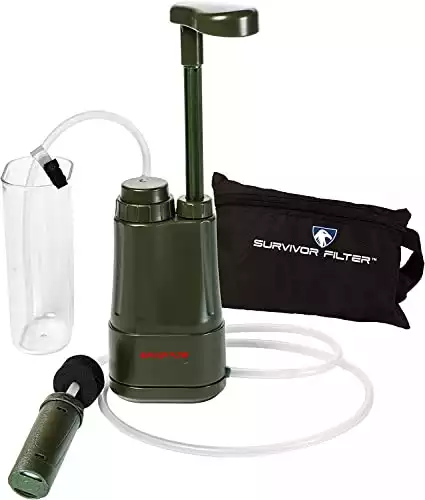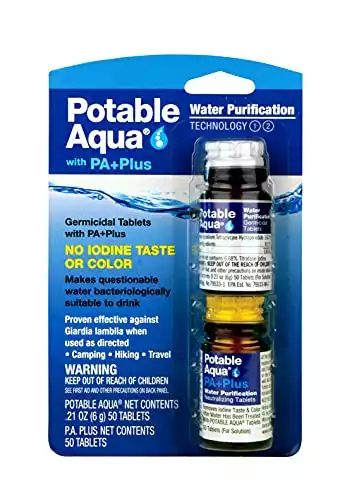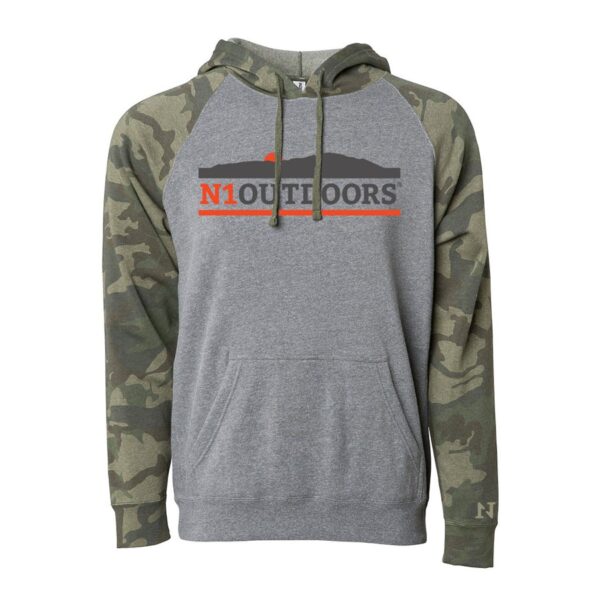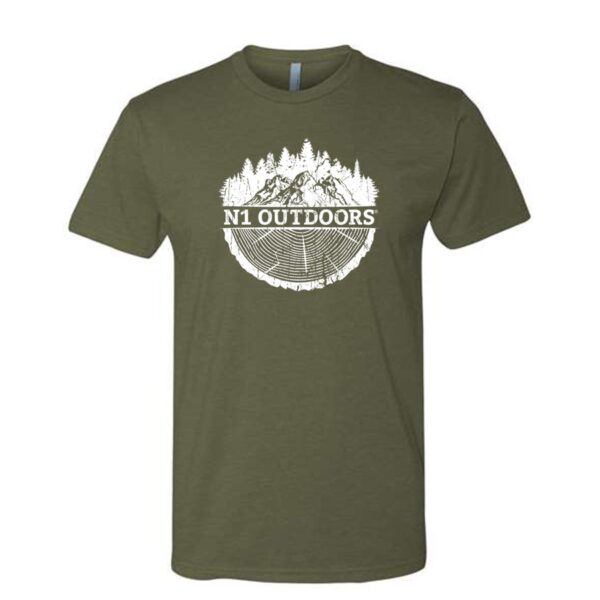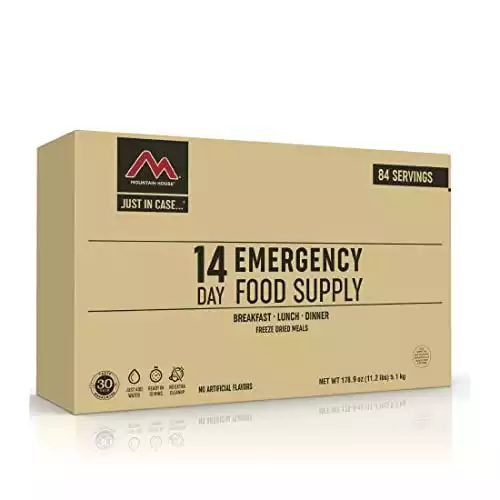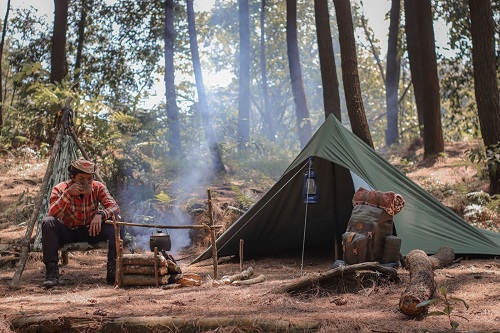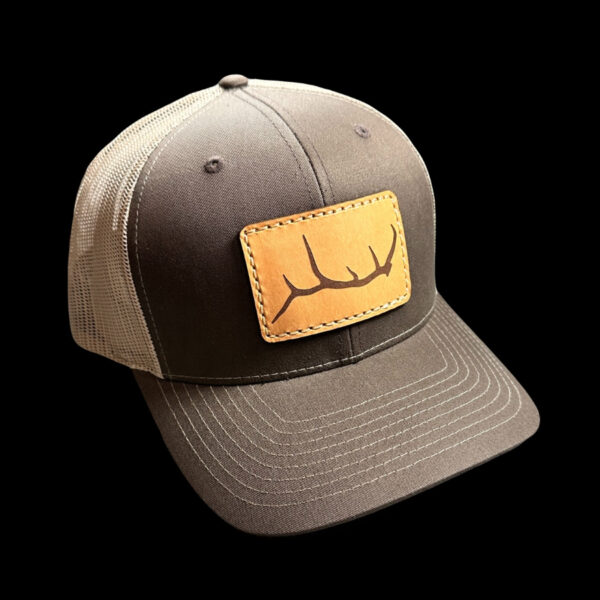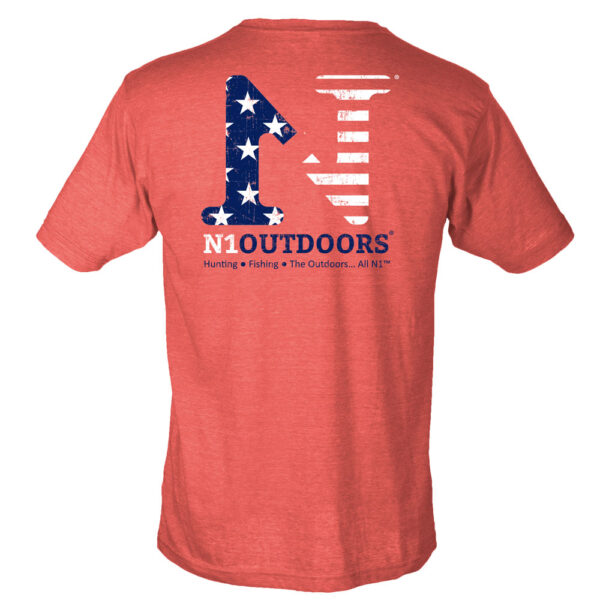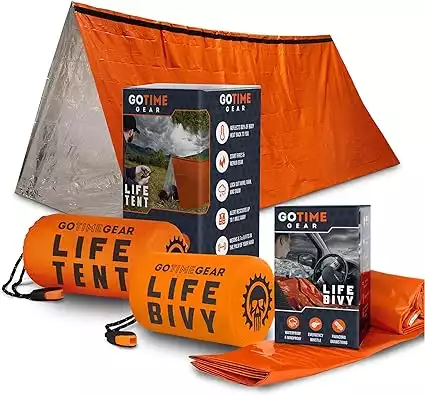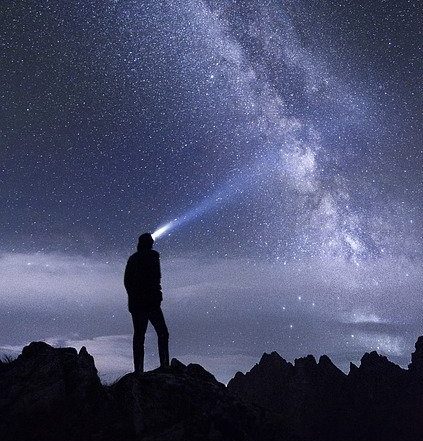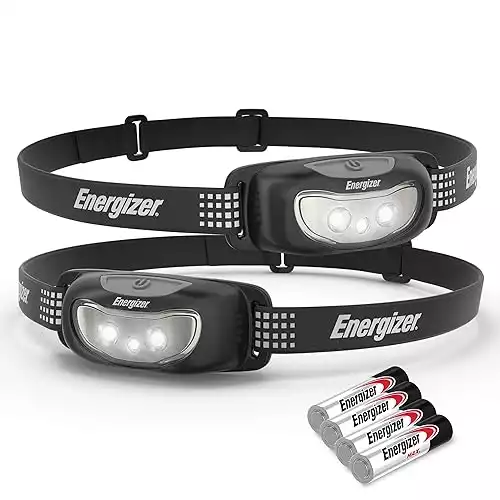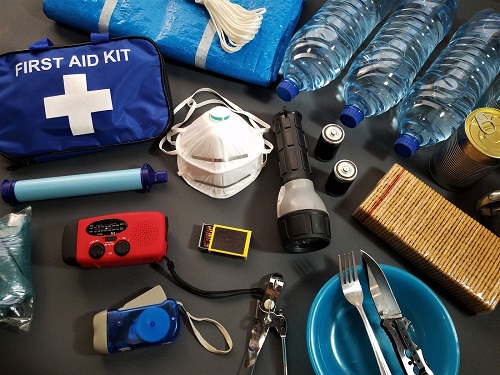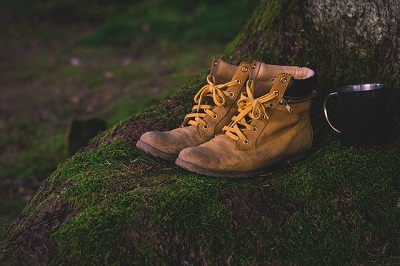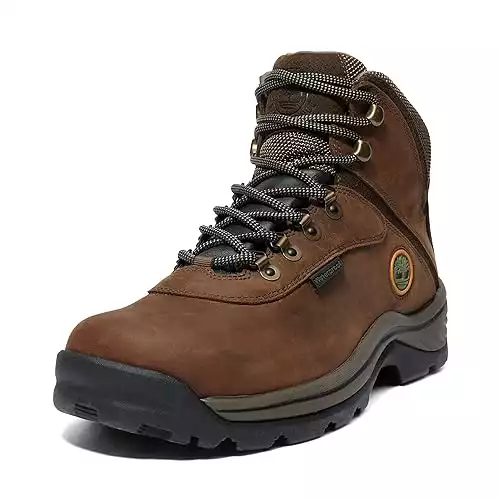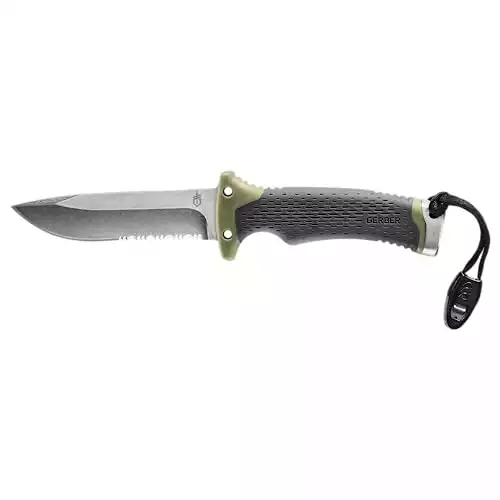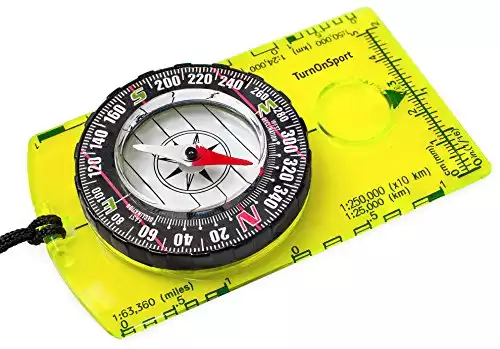Backpacking is one of the most unique ways to experience the outdoors. By accessing some of the world’s remote areas, you can certainly experience unforgettable moments outdoors.
However, backpacking is tough and requires a fair bit of knowledge and gear.
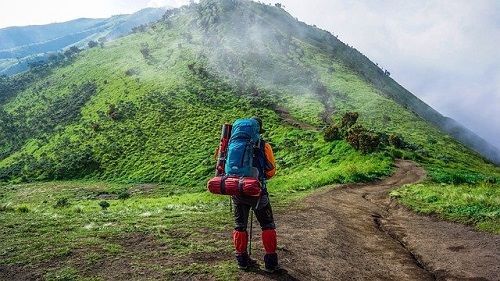
There are many camping stoves for backpacking on the market, and you need one that is reliable and of high quality. After all, these directly affect whether you can eat hot food on the trail or not.
One of those important pieces of gear is… a stove.
So, let’s take a look at best camp stoves for backpacking!
MSR PocketRocket
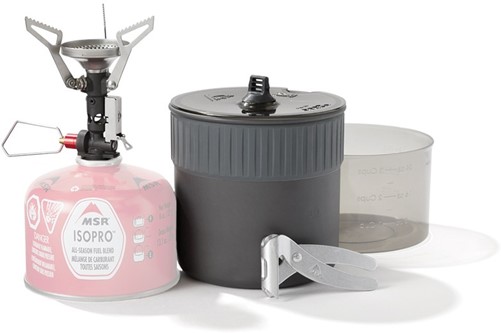
The PocketRocket stove from MSR is compact, structurally sound and efficient.
We will kick off the list with one of the most common backpacking stoves on the market… the MSR PocketRocket.
If you walk up to any campsite on the trail, there is a good chance they are cooking with the PocketRocket or a similar MSR model.
This is because the PocketRocket is efficient, versatile and easy to use.
As compared to other backpacking stoves of this size, this one comes in near the top. The PocketRocket is pretty compact, and has decent structure to keep the pot stable.
It’s an overall steady camping stove and has good marks on about every subset you can apply to it.
However, one of the faults of the PocketRocket is the ignitor.
There are many reviews that say that the built-in ignitor is not reliable and does not work after a certain amount of time. So, always have a backup plan with matches or a lighter.
Jetboil Flash
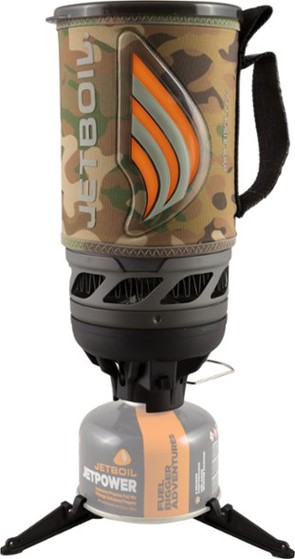
The Jetboil stove is engineered to boil water and other liquids quickly, giving you a fast hot drink or additive to dehydrated food.
One of the newest types of backpacking stoves is the Jetboil.
Jetboil is a brand of compact and efficient camp stoves that are perfect for those who want to save space and quickly heat up food.
The Flash model specifically is one of the best, but there are other models to fit various budgets.
What makes the jetboil different is the amount you can cook and how fast it happens.
The Jetboil pot is specifically made for boiling water quickly. Then, you can apply this water to dehydrated food or whatever else you need cooked.
Traditional camp stoves allow an open pot to sit on top to cook the food, but the entire Jetboil design is to specifically boil liquids very quickly, which is different.
The biggest drawback to the Jetboil is the amount of liquid that can be heated up at once. It is a small pot and really only serves one purpose.
So, if you want something that will make coffee or just enough water to add to a bag of dehydrated food, Jetboil is the stove for you.
MSR WhisperLite Universal
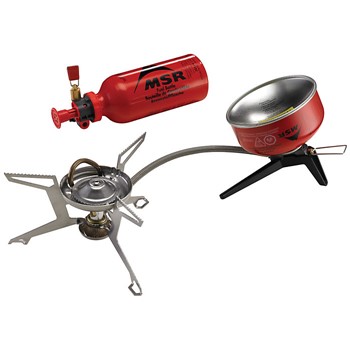
The WhisperLite Universal camp stove is a pricier option, but is known for quality and reliability.
MSR is making another appearance on our list with the WhisperLite Universal camp stove.
This is a pretty high-end backpacking stove, as it carries a heftier price tag than many other stove options out there.
However, MSR carries a reputation and product quality control system that guarantees a good experience for a majority of users.
The WhisperLite uses a hosed approach that puts the burner and stand right on the group and not on top of a fuel can. This adds stability and improves performance.
Going with an MSR stove with MSR fuel optimizes performance on the trail. This is important, as on longer treks it is crucial to have something reliable and steady.
-
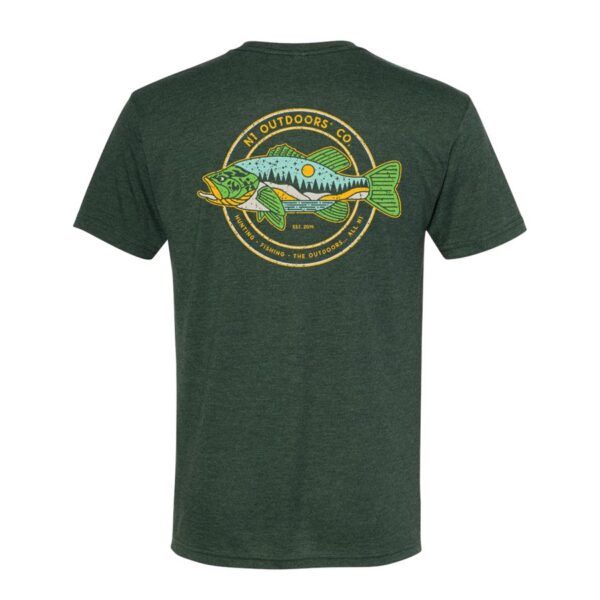
N1 Outdoors® Fishscape™ Outdoor Tee
$28.99 – $32.99 Select options This product has multiple variants. The options may be chosen on the product page -
Sale!
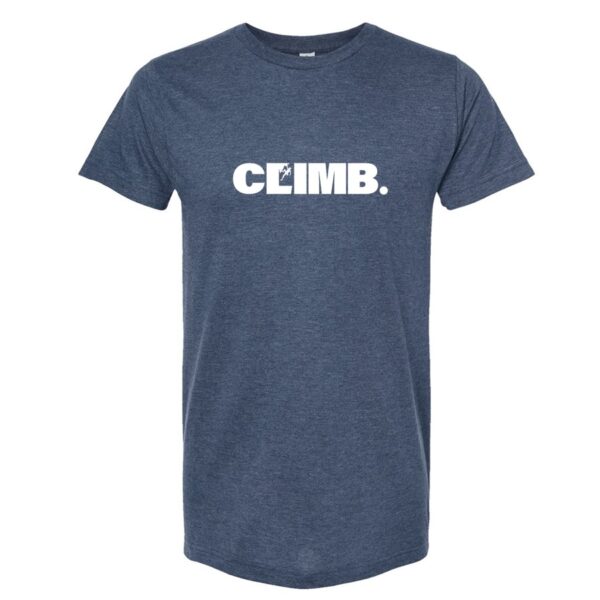
N1 Outdoors® CLIMB. Tee
$19.00 Select options This product has multiple variants. The options may be chosen on the product page -

N1 Outdoors® Compass Tee
$24.99 – $28.99 Select options This product has multiple variants. The options may be chosen on the product page
Soto WindMaster
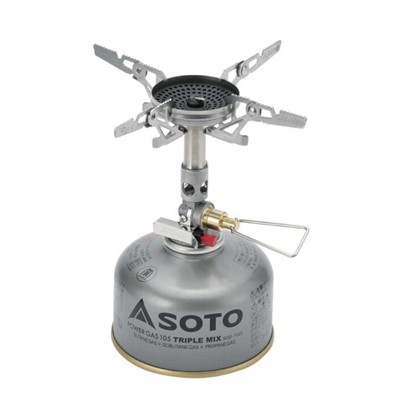
For the price-conscience backpacker, the Soto WindMaster is not only affordable but super light, weighing in at only three ounces.
Our pick for the most efficient backpacking stove for the price is the Soto Windmaster.
For what you get, the Windmaster is a very affordable backpacking stove.
When a normal backpacking stove is faced with strong wind, the light will either go out, or the flame is so altered that cooking is slowed dramatically. But, as the name implies, the Windmaster is made to work well during high winds.
The stove itself is just three ounces, which is super light. The only other weight would be the isobutane or propane bottle that screws into the bottom of the bracket.
The brackets on the burner are not the best, but you are reducing weight, which is a plus for backpacking.
If you are trying to save a lot of weight and may be hiking in windy areas, the Soto WindMaster is for you.
BRS Ultralight Camping Burner
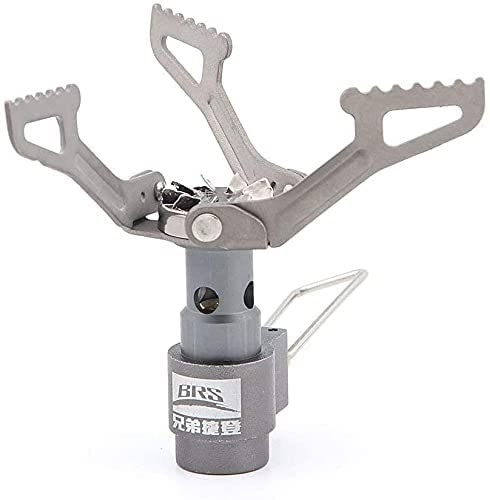
The BRS Ultralight Burner is certainly super light, but is often outperformed by other backpacking stoves on the market.
One of the more unique offerings is the BRS Ultralight Camping Burner.
This “stove” is not the whole setup, but rather an attachment that goes on top of a propane bottle.
This helps you save money and overall weight. However, while you might be saving money, you may also be sacrificing better performance that can be found in other backpacking stoves.
The Ultralight requires a source of fuel. This burner screws right to the top of a fuel bottle, and you can then add your pot or anything else being cooked. The attachment is not super strong, but it is just about as light as it gets.
Solo Stove Lite
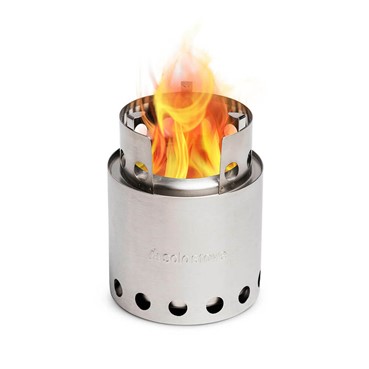
The Solo Stove Lite is truly a light option because it doesn’t have a fuel source, but instead is wood burning.
Another one of the more unique stoves on the market is the Solo Stove Lite.
This is the only srove featured that is wood-fired and does not use a different source of fuel like propane.
So, if you are more of a traditionalist and want to connect with nature in a unique way, the Solo Stove Lite is a good camp stove option.
The Solo Stove is a steel cylinder that holds small pieces of wood and has air intake holes on the bottom to help you regulate temperature and steady burning.
This is a very light option, coming in at just nine ounces. Although you will save weight in your pack by not using fuel, you will need to either pack in wood or camp in areas with reliable wood sources.
Be careful how this is used, as many places will not allow campfires because of droughts and wildfire hazards. This probably does not classify as a “campfire,” but whenever using a live flame, it is best to check with someone and make sure it is okay to do so.
Final Thoughts On Best Stoves For Backpacking
Hopefully this list has helped you make an informed decision on which stove you should make it into your backpack on your next adventure.
So, whether you are backpacking hunting or just out adventuring and enjoying God’s creation, be sure to soak up the memories and stay warm!


